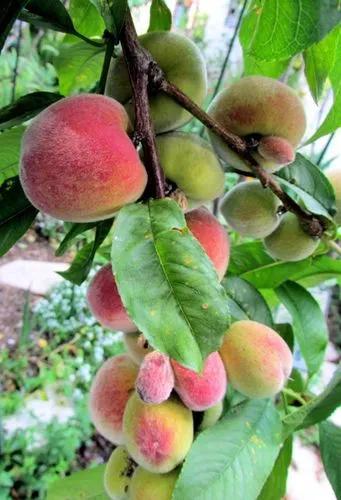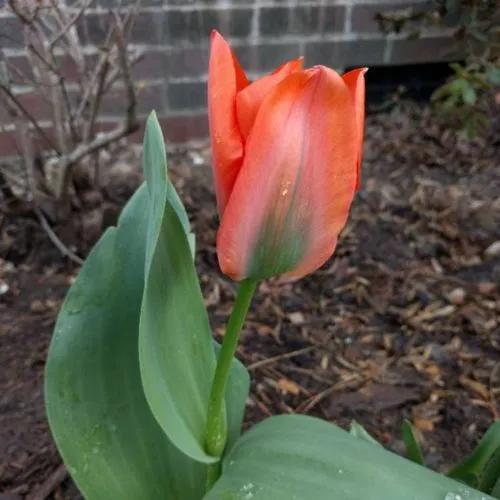Polygonatum, also known as King Solomon's-seal or Solomon's seal, is a genus of flowering plants. It is placed in the family Asparagaceae, subfamily Nolinoideae. There 74 species and hybrids in the genus.
Solomon's seal Care
Polygonatum multiflorum



Polygonatum genus is distributed throughout the temperate Northern Hemisphere. Most of the approximately 63 species occur in Asia, with 20 endemic to China. "Polygonatum" comes from the ancient Greek for "many knees", referring to the multiple jointed rhizome. One explanation for the derivation of the common name "Solomon's seal" is that the roots bear depressions which resemble royal seals. Another is that the cut roots resemble Hebrew characters. The fruits are red or black berries. Many species have long been used as food in China. Leaves, stems, and rhizomes are used raw or cooked and served as a side dish with meat and rice.
How to Care for the Plant

Water

Damp shade is the best option for these plants, although once established, it is quite drought tolerant. But for better results, keep the soil consistently moist.

Fertilizer

First, have a little mild manure worked in when planting. Then, fertilize with leafmould, or an annual top dressing of decayed manure in March.

Sunlight

These really are woodland plants. Give your Solomon's seal a spot in partial shade. Solomon’s seal can only take sun if the climate is cool and the soil is moist.

Soil

Solomon’s seal likes rich organic soil with a soil pH in the acidic to the neutral zone.

Temperature

The plant can be grown is a variety of zones including areas where the range of minimum average winter temperatures is between -40°F and -30°F.

Popularity

638 people already have this plant 140 people have added this plant to their wishlists
Discover more plants with the list below
Popular articles






